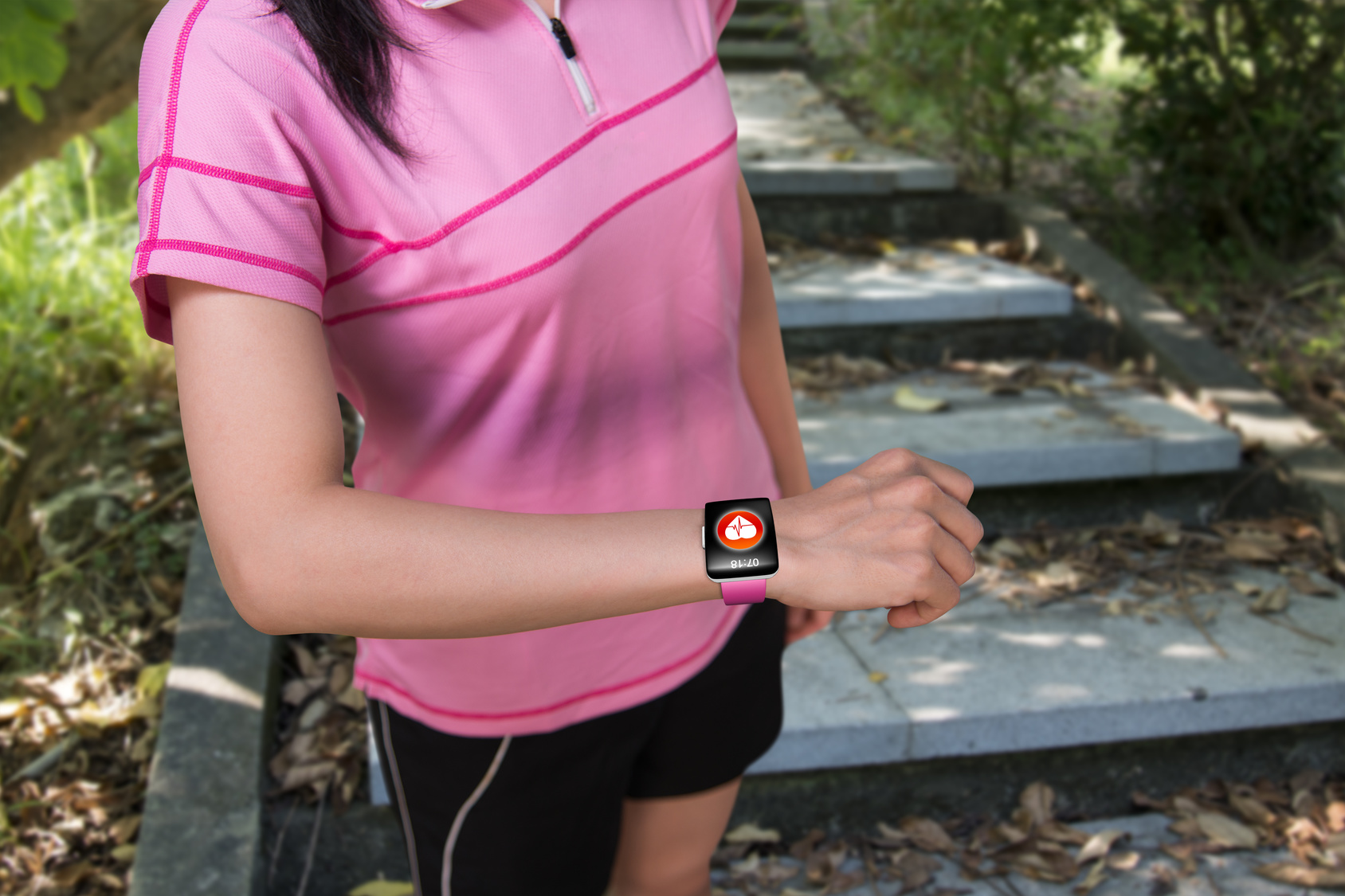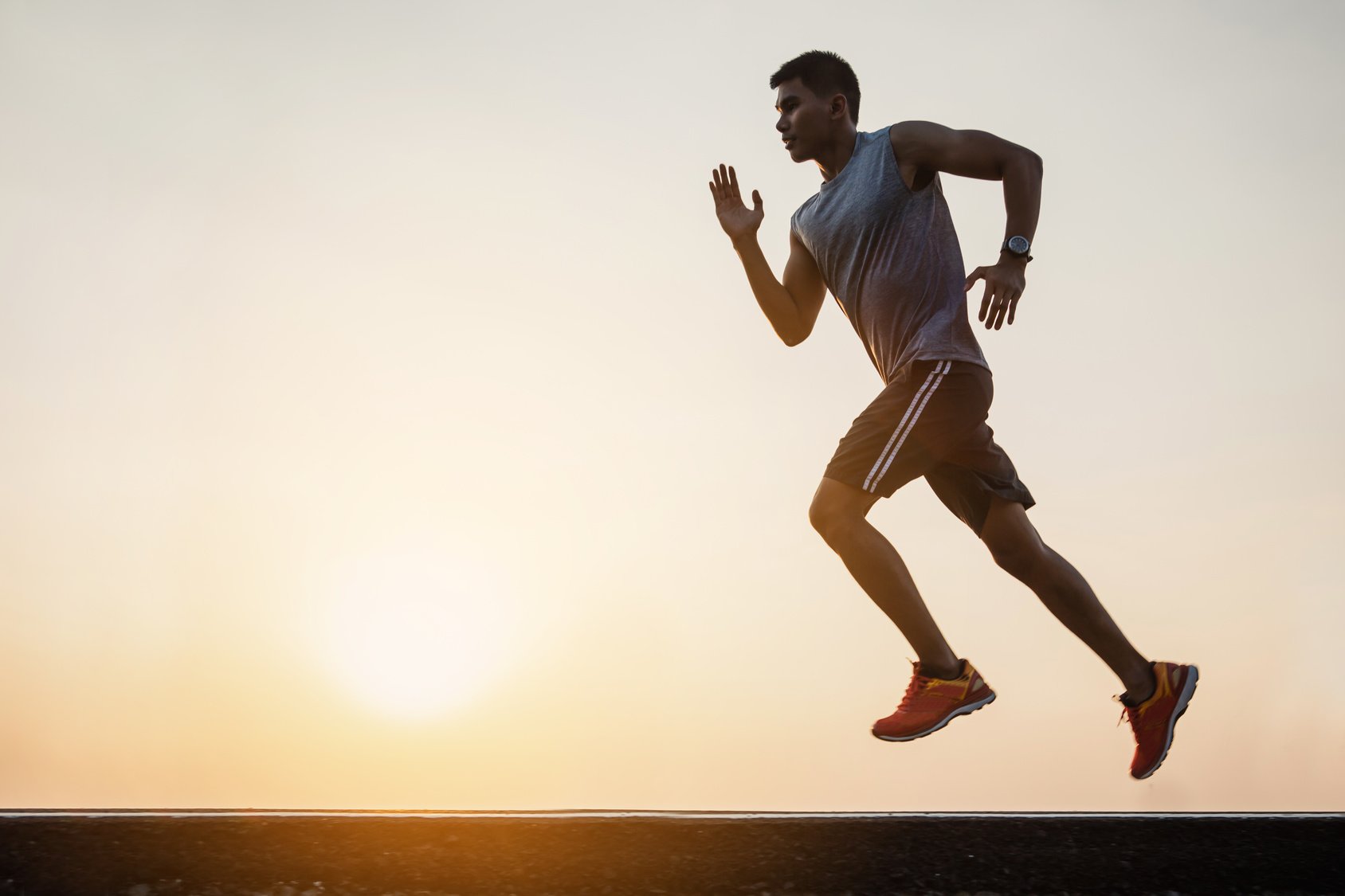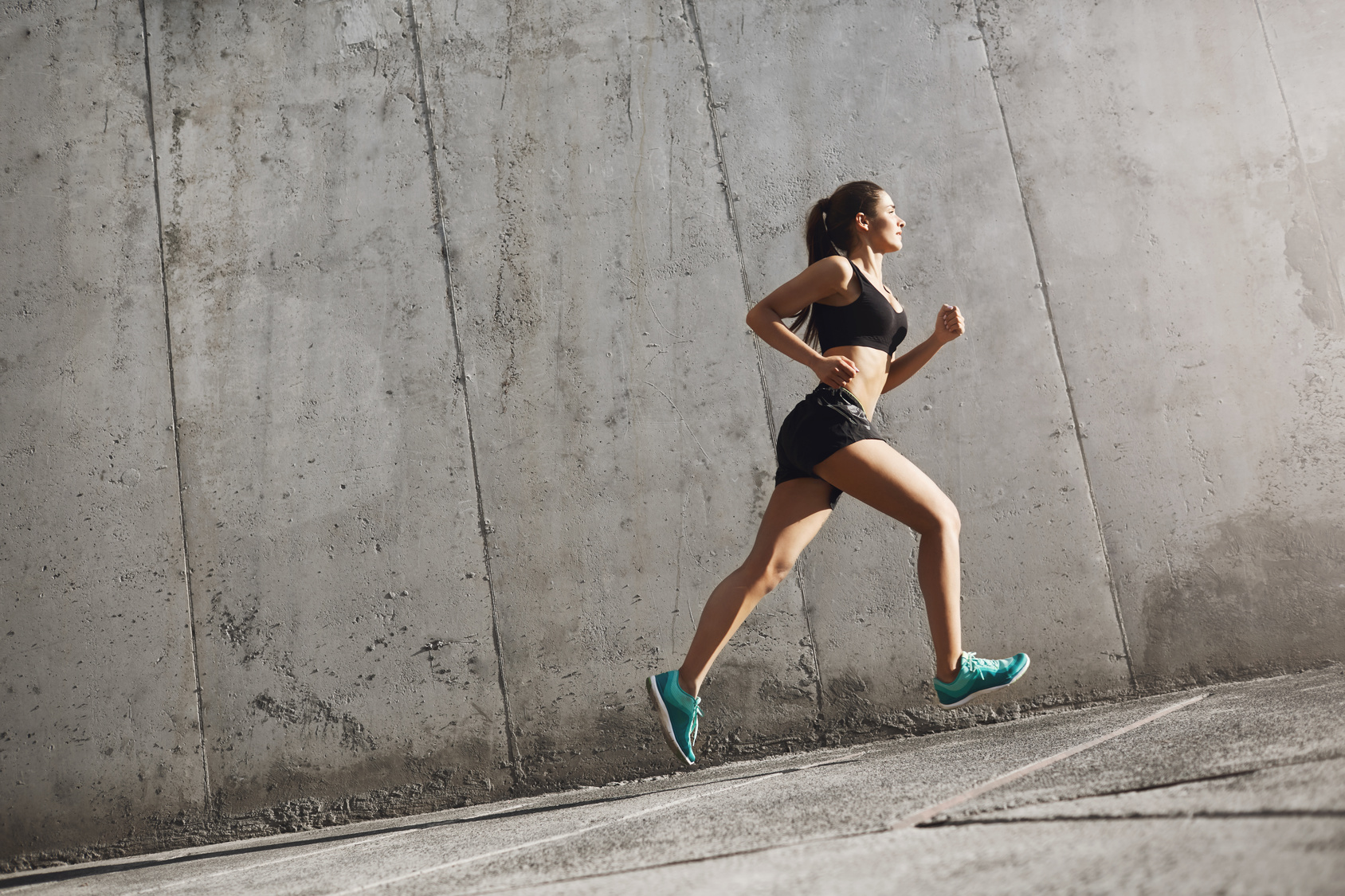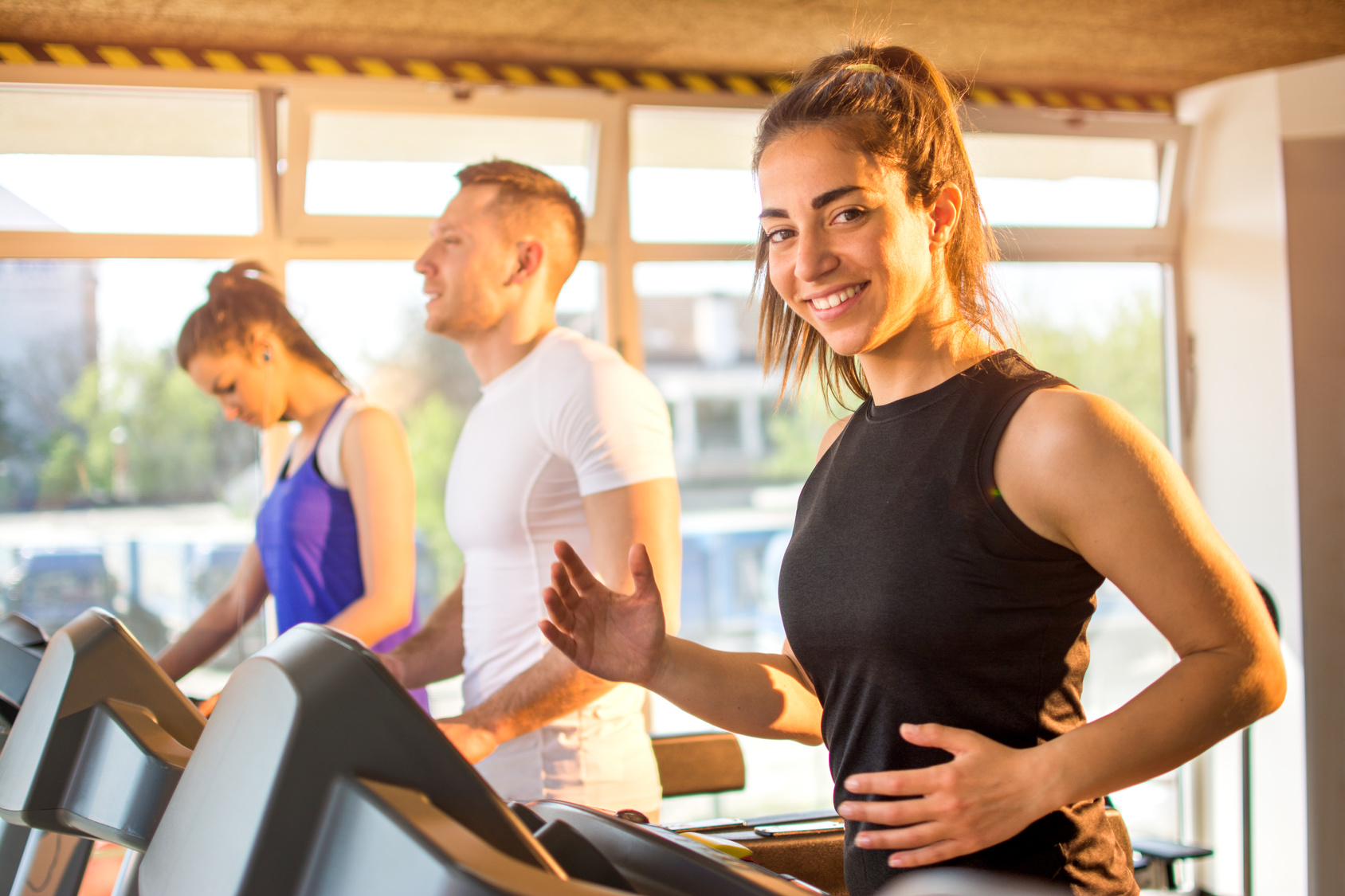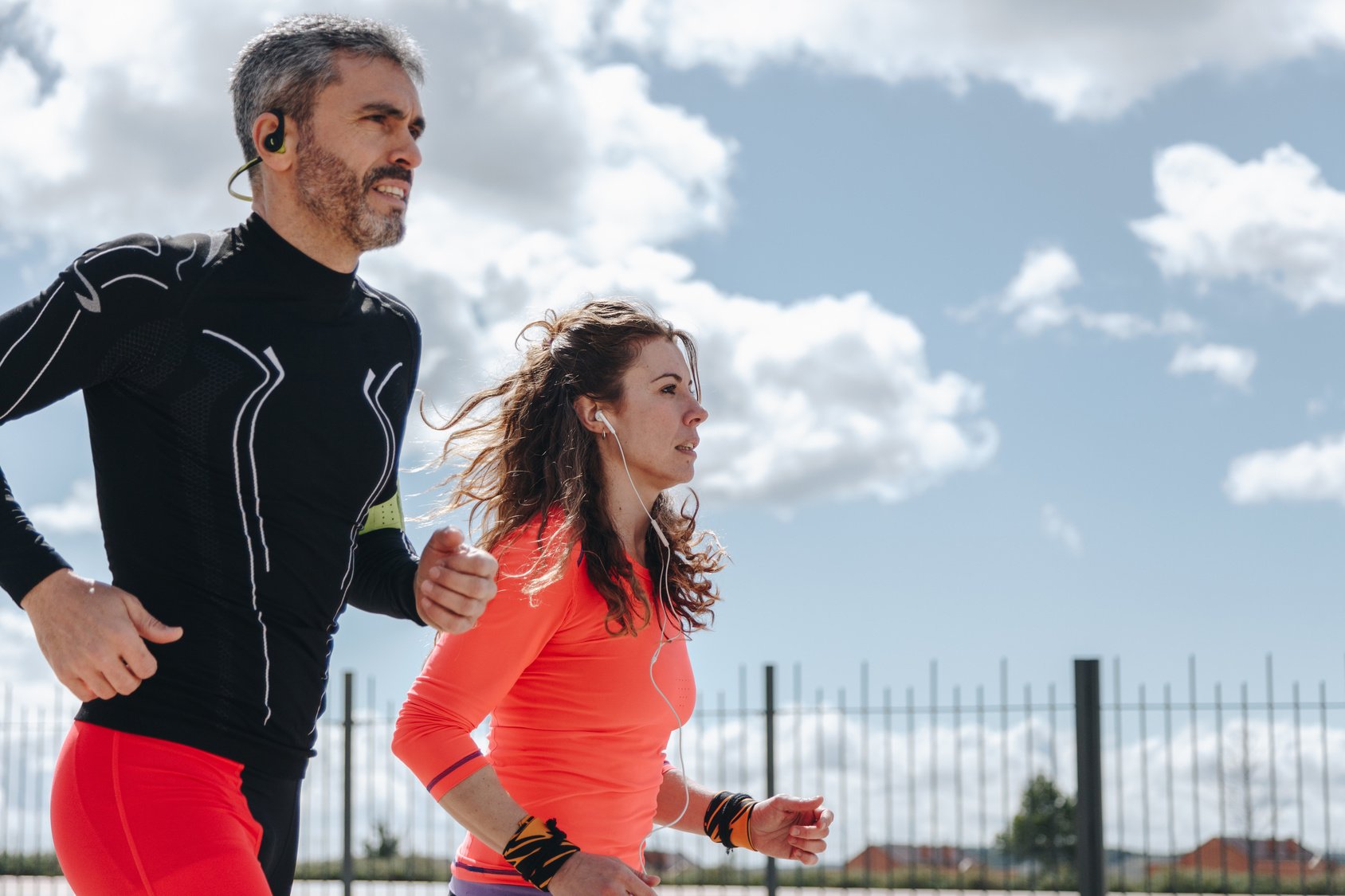Looking to buy a running watch but don’t know how to make the right choice? Then you have come to the right place.
One of the most important questions I get as a running blogger is what type of running watch to use during training.
As you can already tell, there’s no such thing as a satisfying answer as it depends on your unique needs and goals. There’s no one-size-fits-all formula.
That’s why the fitness market is inundated with running watches of all sizes, designs, functions, and price ranges.
All of this makes choosing the right watch easier than done.
Fret no more.
I got you covered.
In this article, I’ll break down the basic features you need to in running a watch so you can find a device that meets all of your needs.
Sounds great?
Let’s get started
What’s A Running Watch?
Running watches are a type of fitness trackers. They’re designed for runners of all training levels—the beginner taking up the sport for the first time as well as the serious athletes looking to break their personal best.
All in all, running watches are designed to help you personalize and optimize your training to help take your performance to the next level.
The running watch you pick will depend on your running goals and your budget—just keep in mind that the most expensive piece of gear isn’t always the best tool for achieving your goals—regardless of the promising ads.
When choosing a running watch, there are a few important features to keep in mind.
Understanding these key factors will help you to choose the best running watch for your needs. Whether you require a precise timing device or cold-weather protection, there are running watches that can help make sure you’re getting the most out of your miles.
They’re also more specialized than ever before, with some models specifically crafted for runners of all skill levels and training goals.
Do You Actually NEED A Running Watch?
Actually, no. running watches are not a must-have.
Plenty of free-running apps can help you perform some of the main functions of a running watch.
But if you have the budget for it and want to take things to the next level, a running watch is worth it.
In fact, whether you’re planning to start running or training for your 30th marathon, using a running watch can help you reach your goals.
- Effectiveness of wearable activity trackers to increase physical activity and improve health:
- Does Looking at Your Watch Help or Hurt Your Running?
- Who uses running apps and sports watches?
- Accuracy and Adoption of Wearable Technology Used by Active Citizens: A Marathon Event Field Study
- Health at hand: A systematic review of smart watch uses for health and wellness
- The Best GPS Running Watches
How To Choose A Running Watch For Beginners
Now let’s get into specifics.
Here are some tips to help you choose the best running watch for you.
Your Data
The first thing to consider is the type of data you want to keep track of. Most running watches track time, pace/speed, and distance. This makes them ideal for a variety of runs.
Knowing your running goals will help determine and set the bar for what type of running watch you need.
This is key as you have to shell out a considerable amount of money on it.
Here’s the rundown.
- Looking to keep track of distance, time, or pace? Go for a basic or mid-level running watch.
- Planning to do heart rate training? Choose a running watch with a heart rate monitor.
- Looking to keep track of advanced running metrics? Choose a mid-level or advanced running watch.
- Looking to keep data on different spots? Opt for a multisport watch.
Additional resource – Running equipment guide
Price Of A Running Watch
Once you define your goals, you need to talk budget!
Running watches start at roughly $100 and can run as high as $1000 or more.
All in all, the more features, the more expensive. But not all perks will benefit your training.
That’s why knowing the data you’re after first is key for making the best running watch choice.
Let me break down the price ranges.
Under $100:
Or what’s known as entry-level, basic, GPS running watches.
If you want to record distance and pace, and nothing else, this is the watch for you.
Just keep in mind that these watches come with limited features—the cheaper ones often without GPS—but many can connect with your smartphone for extra data.
Some have one or two extra features, such as activity tracking or auto-pause.
$100 to $300
This is the mid-level category and works great for both beginner and intermediate runners looking to track data from their workouts.
And this is a pretty broad category.
Some of the features include:
- Heart rate monitor
- Basic GPS functionality
- Built-in accelerometers
- Run /walk alerts
- Interval training options
- Training estimates
- Longer battery life
- And so much more
Additional resource – Your guide to heart rate variability
$300 and over
Welcome to the advanced running watches. They are suitable only for advanced runners looking for in-depth training data not only for running but multiple sports.
Features you can find in these running watches include:
- Basic and intermediate running GPS watch functionality
- Built-in compass
- Vertical oscillation
- Real-time coaching
- Multi-sport tracking
- VO2 max readings
- Triathlon-specific settings like transition timing
- Longest battery life.
Additional Resource – Here’s your guide to advanced running metrics
Battery Life
Another impact thing to consider when choosing the best running watch is battery life.
Most devices run on rechargeable lithium-ion batteries (just like the ones used in your smartphone and laptop) and hold enough fuel to last for up 8 to 12 hours per one change in GPS mode.
This means, in theory, that you can train with the watch up to ten hours before you need to recharge it.
But, all in all, true battery life will vary according to usage frequency, how it’s used, humidity, and storage temperature.
What’s more?
The overall age of the battery also impacts how long it last per one charge.
It also depends on the brand. Top of the line watches like Fenix 5 and Forerunner 935 have a battery life of more than 20 hours.
Extra resource – How to buy a treadmill
Waterproof Vs. Water-resistant Running Watches
Most running watches are sweat and rain-proof, but not all are waterproof enough to swim with.
If you’re looking for a truly waterproof watch, make sure it definitely states water-resistant for no less than 30 meters.
Extra Features to Consider When Choosing Running Watches
Every running watch feature is designed to either personalize or optimize your running experience, so you decide in advance what features are a must for you.
Some of these extra features include:
Touchscreen
A not-so-common feature, most running watches work well with a few buttons.
- Competitive racing against yourself or virtual competitors
- Vibrations and audio messages for real-time data from smartphone notifications to lap times and heart rate zones.
- Connectivity with training apps in order to upload and share your data
- Recovery time calculation
- Customizable running and workout routines
- And so much more.
The Best Running Watches On The Market
Here are a few of the top running watches to check out.
Garmin Forerunner 30
The Garmin Forerunner 30 is one of the best entry-level running watches around, with features such as distance, pace, heart rate, cadence, calories, even VO2 max readings.
What’s more?
The model is also equipped with a nice battery—lasting over 8 hours per charge.
Additional resource – Your guide to running belts
Apple Watch
Looking for an app that tracks almost everything? Then get yourself an Apple watch.
This model also comes with an always-on display, which any type of runner will like.
This always-on screen is bright and easy to read while running, so you don’t have to activate the screen to check on your stats.
It’s also designed with a blood oxygen sensor that measures the oxygen saturation of the runner’s blood to better understand and gauge overall fitness and health.
What’s more?
The battery life tops out at roughly 18 hours—that’s quite a lot.
TomTom Runner 3
Another running watch that provides all the essential information you need while running.
Costing as little as a third the price of a high-end running watch, the TomTom Runner 3 has a great bitter life, provides full GPS multi-sport tracking, and a smart enough look.
Where to Find A Cheap New Running Watch
If you want to get a great running watch at a bargain, you better shop around and wait for sales.
All in all, Black Friday and the January sales are a fantastic time to get a new running watch.
What’s more?
You should also consider buying a secondhand running watch online.
Additional resource – Guide to running gadgets
How To Choose A Running Watch For Beginners – The Conclusion
When looking for a new GPS running watch, it’s key to consider exactly what features you need as well as your future needs. The rest is just detail, really.
Please feel free to leave your comments and questions in the section below.
In the meantime, thank you for dropping by.
Keep running strong.
David D.

